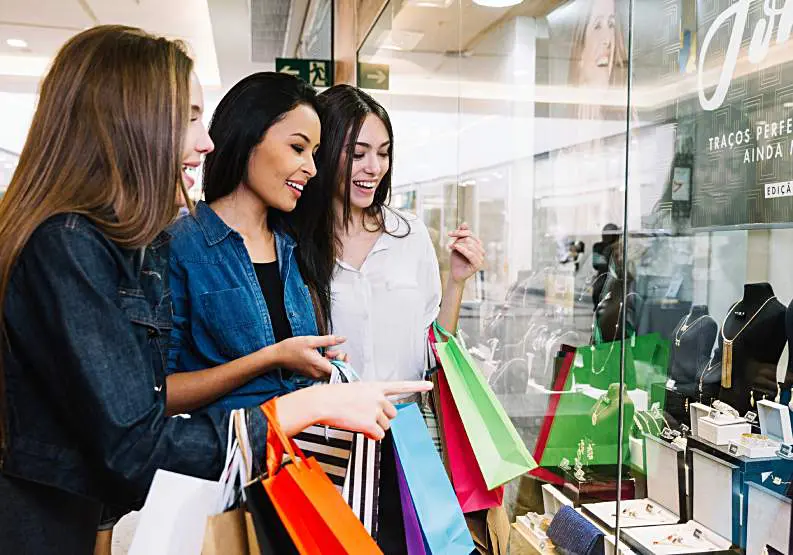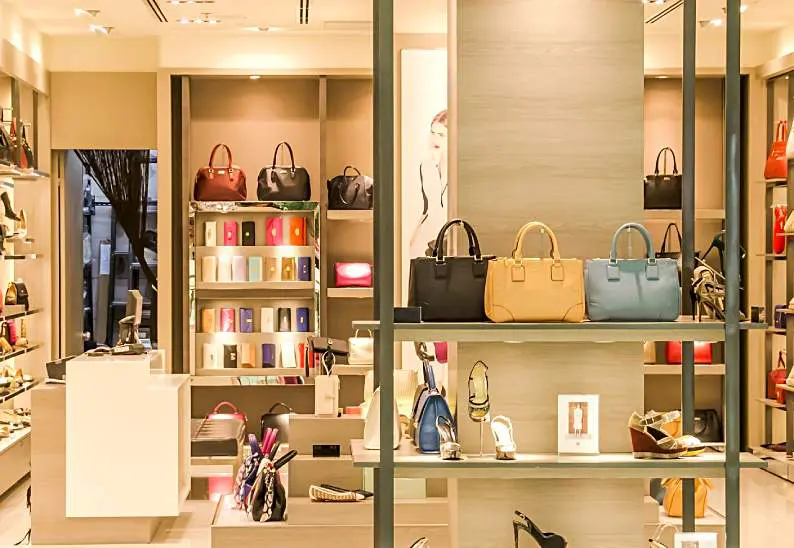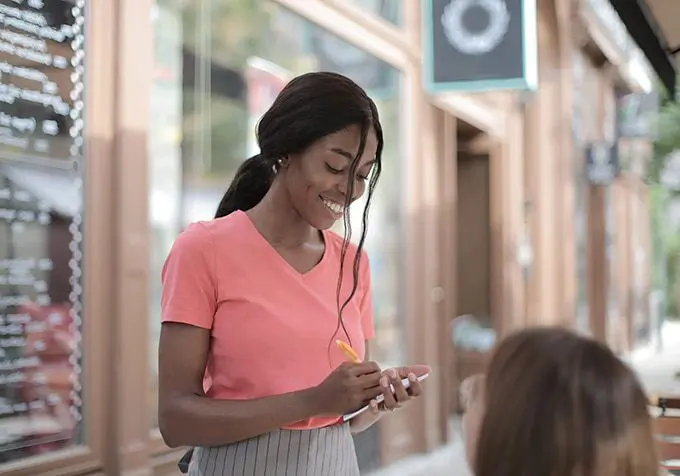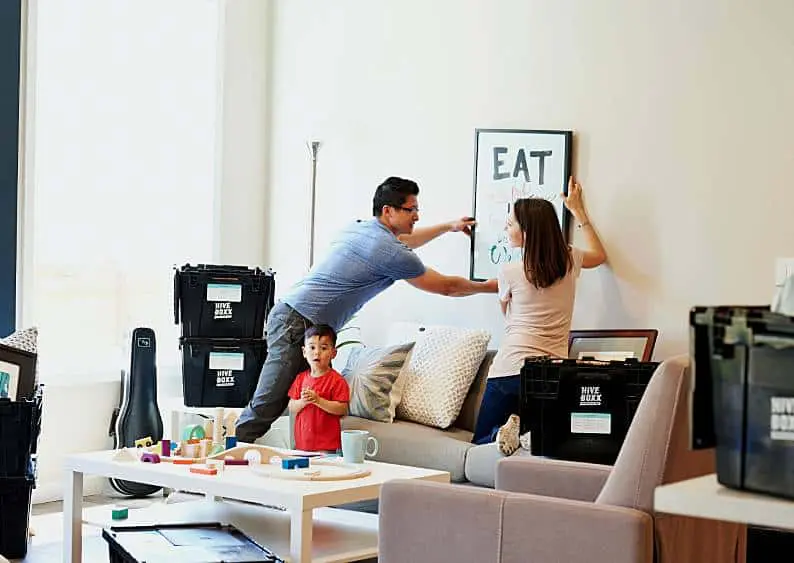words Alexa Wang
The layout and design of your retail store play a crucial role in shaping the customer experience and driving sales. From the moment customers step inside, their journey through your store should be engaging, intuitive, and visually appealing. A well-designed store not only creates a positive atmosphere but also encourages customers to explore more products and make purchases. Whether you’re opening a new store or redesigning an existing one, thoughtful planning is key to ensuring your store’s environment supports your business goals.
As you read on, you’ll discover practical tips to help you design a retail store environment that draws in customers and maximizes your sales potential.
Understand Your Target Audience
Before diving into the design process, it’s important to understand who your target customers are. The design of your store should align with their preferences, tastes, and shopping habits. Are you catering to a high-end clientele that expects a sleek, minimalist layout? Or is your store more focused on families or budget-conscious shoppers who prefer a more casual and welcoming space?
Knowing your audience helps guide design choices such as color schemes, furniture style, lighting, and overall ambiance. For instance, if you’re targeting younger, fashion-forward shoppers, incorporating modern design elements and bold colors might create a more appealing environment. On the other hand, a more traditional layout with classic tones may resonate better with an older demographic.
Plan Your Store Layout for Flow
The layout of your store is critical to ensuring that customers can easily navigate and explore your products. One of the most common and effective store layouts is the “grid” pattern, which guides customers through aisles in a structured and organized way. This layout is ideal for stores with a large inventory of products, as it allows for maximum space efficiency.
Another popular layout is the “loop” or “racetrack” design, which encourages customers to follow a circular path around the store, exposing them to a wide variety of products. Regardless of the layout you choose, your goal should be to create a logical flow that guides customers naturally through different sections of your store. Place high-demand or popular items at the back to encourage customers to walk through the entire store, increasing the chances of impulse purchases along the way.
Focus on Visual Merchandising
Visual merchandising is a powerful tool in retail design that can capture customer attention and influence purchasing decisions. Your window displays, product arrangements, and signage should all work together to create a visually appealing and cohesive experience. Well-thought-out displays highlight your best products and tell a story that resonates with your target audience.
For example, displaying seasonal collections or promotions in the front of the store draws customers in. Once inside, use focal points like mannequins or feature tables to showcase your most attractive items. In a clothing store, ensuring that items are displayed neatly and accessible is essential. Using clothes hangers from Apex Display and other high-quality fixtures can elevate the look of your products, keeping them well-organized and easy to browse. Ticket holders, hanging accessories, and sign holders can be customized to be more attractive and easy to view.
Choose the Right Lighting
Lighting plays a crucial role in setting the mood of your store and highlighting your products. Different lighting techniques can evoke different emotions and encourage certain behaviors. Bright, even lighting throughout the store creates a welcoming environment and helps customers see the products clearly. In contrast, dimmer, focused lighting can create a more intimate, upscale atmosphere, ideal for luxury boutiques or high-end retail spaces.
In addition to general lighting, consider using accent lighting to highlight specific areas or products. Spotlights on new arrivals, best-sellers, or promotional displays can draw attention and create a sense of importance. Make sure your lighting is adaptable and can be adjusted based on the season, time of day, or promotional events to create the best possible shopping experience.
Optimize for Comfort and Convenience
The comfort and convenience of your customers should be at the forefront of your store design. Consider how easily shoppers can move through your store, access products, and complete their purchases. For example, aisles should be wide enough to accommodate shoppers with strollers, carts, or wheelchairs. Make sure your displays are at a comfortable viewing height and that products are easy to reach.
Additionally, pay attention to the placement of important areas like fitting rooms, customer service desks, and checkout counters. These should be easy to locate and accessible. Adding comfortable seating near fitting rooms or in waiting areas can enhance the shopping experience, especially for companions or those waiting for assistance.
Create a Cohesive Brand Experience
Your store’s design should reflect your brand identity and reinforce the message you want to communicate to customers. Everything from the color palette to the choice of materials should be consistent with your brand values and image. For example, a high-tech electronics store might use sleek metal finishes and cool lighting, while a sustainable fashion boutique may incorporate natural materials and earthy tones to reflect its eco-friendly values.
Consistency across all aspects of the store—displays, signage, packaging, and even employee uniforms—helps create a seamless brand experience. When customers walk into your store, they should instantly recognize the brand’s personality and feel connected to it. This connection can lead to stronger brand loyalty and more repeat business.
Designing an effective retail store environment involves more than just arranging products on shelves. It requires a deep understanding of your target audience, strategic planning of the layout, and attention to detail in visual merchandising and lighting. By creating a comfortable, visually appealing, and cohesive shopping experience, you can attract more customers, keep them engaged, and ultimately increase sales. Using quality fixtures like clothes hangers and focusing on brand consistency ensures that your store remains both functional and inviting to your customers.






